Research
Search our website
Search our website by entering a keyword or choose a database above to search specifically.
Search
Showing search results 8,121 - 8,130
14,729 results found

Steenweg 204, Alken, Belgium

Steenweg op Zondereigen (Station Weelde-Merksplas) 19, Turnhout, Belgium

Steenweg op Weelde (Pastorijhoeve) 6, Merksplas, Belgium

Steenweg 48, Lierde, Belgium

Stefanshof 1, Amel, Belgium

Steenweg Deinze 181, Nazareth, Belgium

Steenwinkelstraat 499, Schelle, Belgium

Steinstraat 35, Nazareth, Belgium

Stenenbrug-36-Heusden-Zolder-Belgium

Stombaershoek 22, Lier, Belgium








